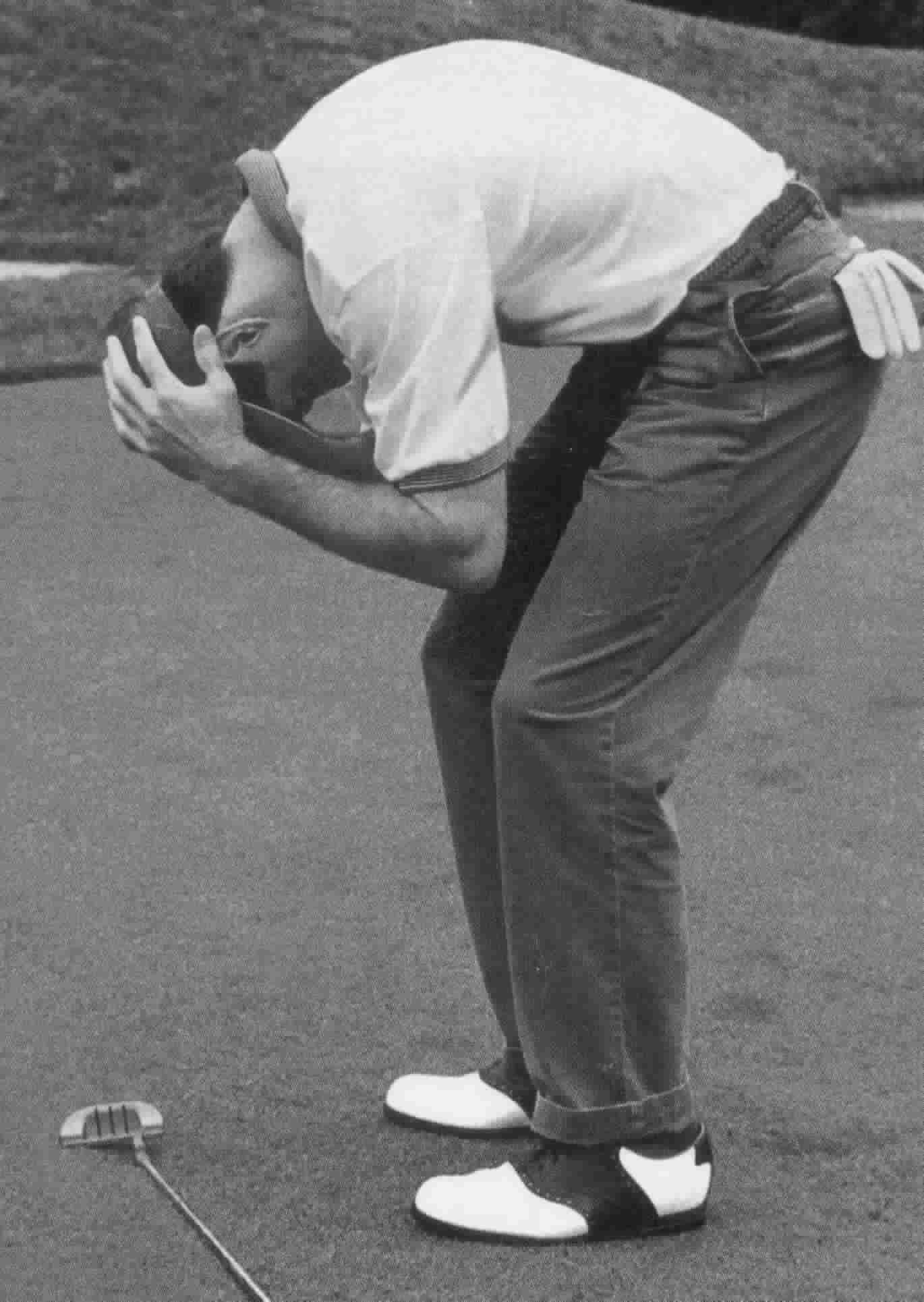BODY-BEND

Posture. To contract muscles of the primitive body wall, causing the spinal column to tip forward, sideward, or backward from standard anatomical position.
Usage: As
expressive cues, body-bend (i.e., axial-skeleton) postures are
more fundamental as mood signs than are leg and arm (i.e., appendicular)
postures. Bending the spinal column away from the person seated beside oneself
at a conference table, e.g., is a reliable--and wholly
unconscious--sign of disagreement, disliking, or shyness. (See BODY
SHIFT.)
Anatomy. Bending
motions of the head and trunk are neurologically "simple" as signs. Unaffected,
unintended, and unconscious, they are among the most reliable indicators of
mood. Bowing, for instance--flexing the spinal column
forward (ventrally)--is a protective response which can show
submissiveness and lower social status.
(N.B.: Even without a formal tradition of bowing [e.g.,
such as that of the Japanese] we may still tip our head and bend our spinal
column forward when entering a superior's office doorway. Rearing, on
the other hand--extending the spine backward [dorsally]--conveys
arrogance and disdain [see HEAD-TILT-BACK].)
Culture. In
southern Italy, the buttocks thrust--in which the stiffened (extended)
upper body bends forward and the buttocks thrust backward, toward another
person--is a sign of "obscene disdain" (Morris 1994:16). According to Morris,
"This simple gesture is essentially an excretory insult, with the message 'I
defecate on you'" (1994:16).
Evolution. Our body began as a
simple tube, with a mouth at the front end to take in food, and a vent at the
rear to eliminate waste products. Among the oldest body movements were those for
locomotion. Muscles of the body wall contracted to produce rhythmic
sideward bending motions. These oscillatory swimming movements took
animals toward food or mates, and away from harm.
Neuro-notes I. The first side-to-side oscillations were wired into paleocircuits of the aquatic brain & spinal cord. They appeared as alternating movements of the body's right and left sides. Extremely primitive, the same spinal circuits enable us to walk, swim, and dance today.
Neuro-notes II. Mirror neurons: Mirror neurons for bending the torso are found in the human brain's superior temporal sulcus. (Source: Thagard, Paul [2010]. The Brain and the Meaning of Life [Princeton, New Jersey: Princeton University Press].)See also ANGULAR DISTANCE.
Copyright 1999 - 2016 (David B.
Givens/Center for Nonverbal Studies)
Photo of "The Agony of Defeat," as a golfer narrowly misses a putt; the crouched posture says it all (picture credit: unknown)